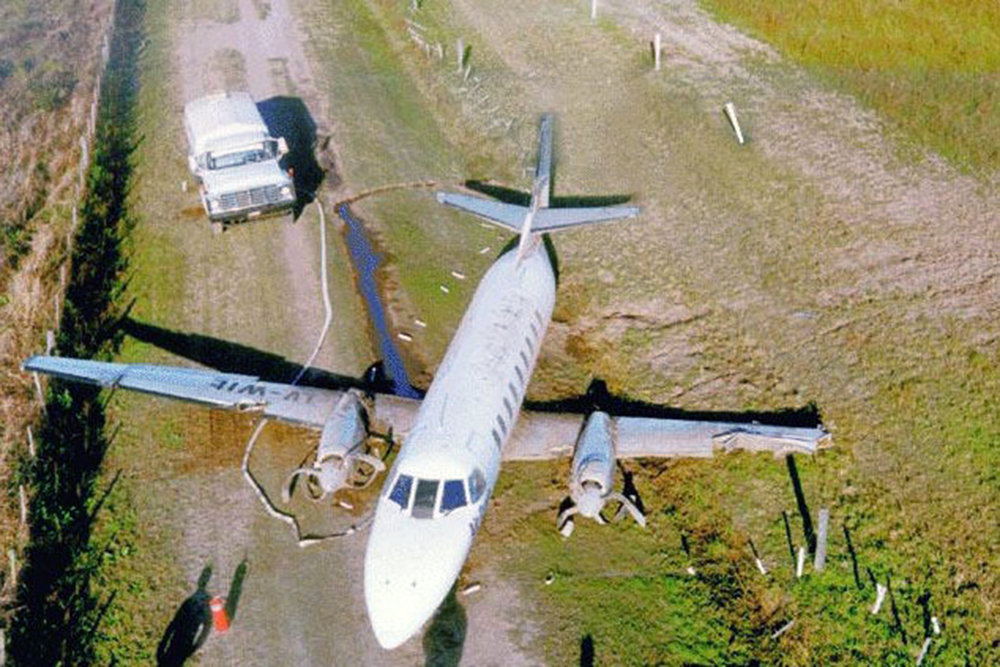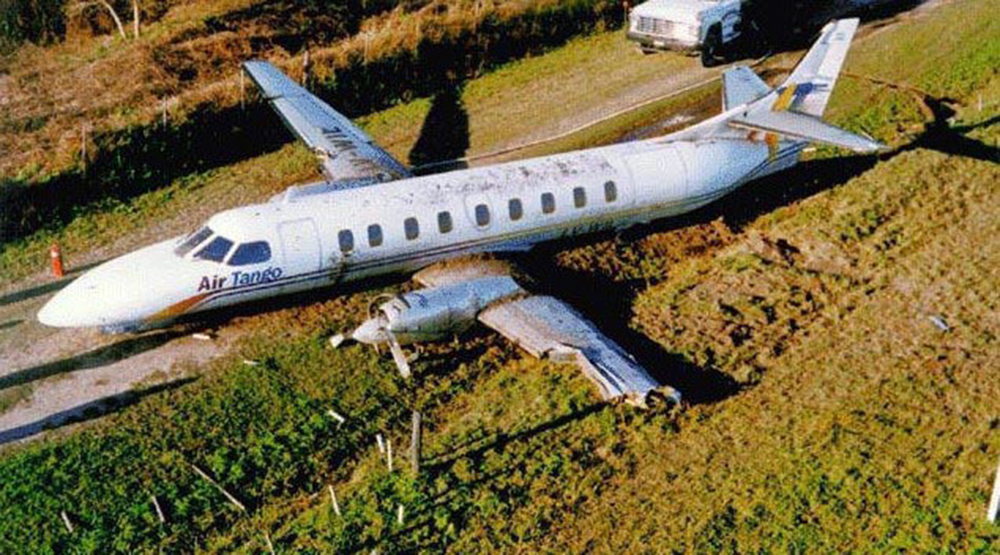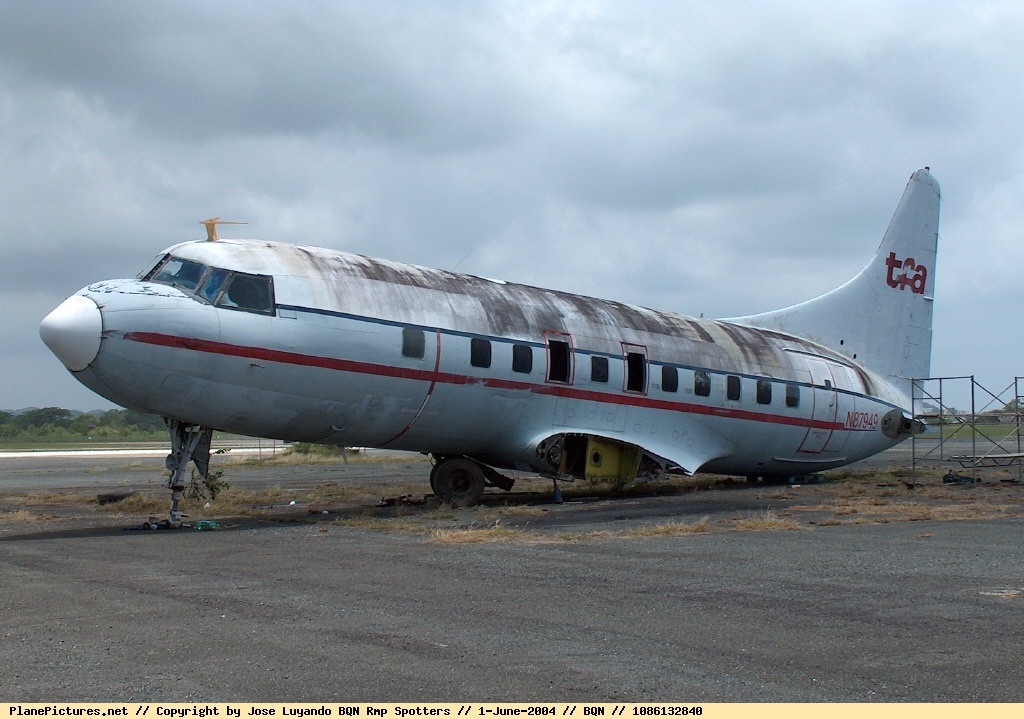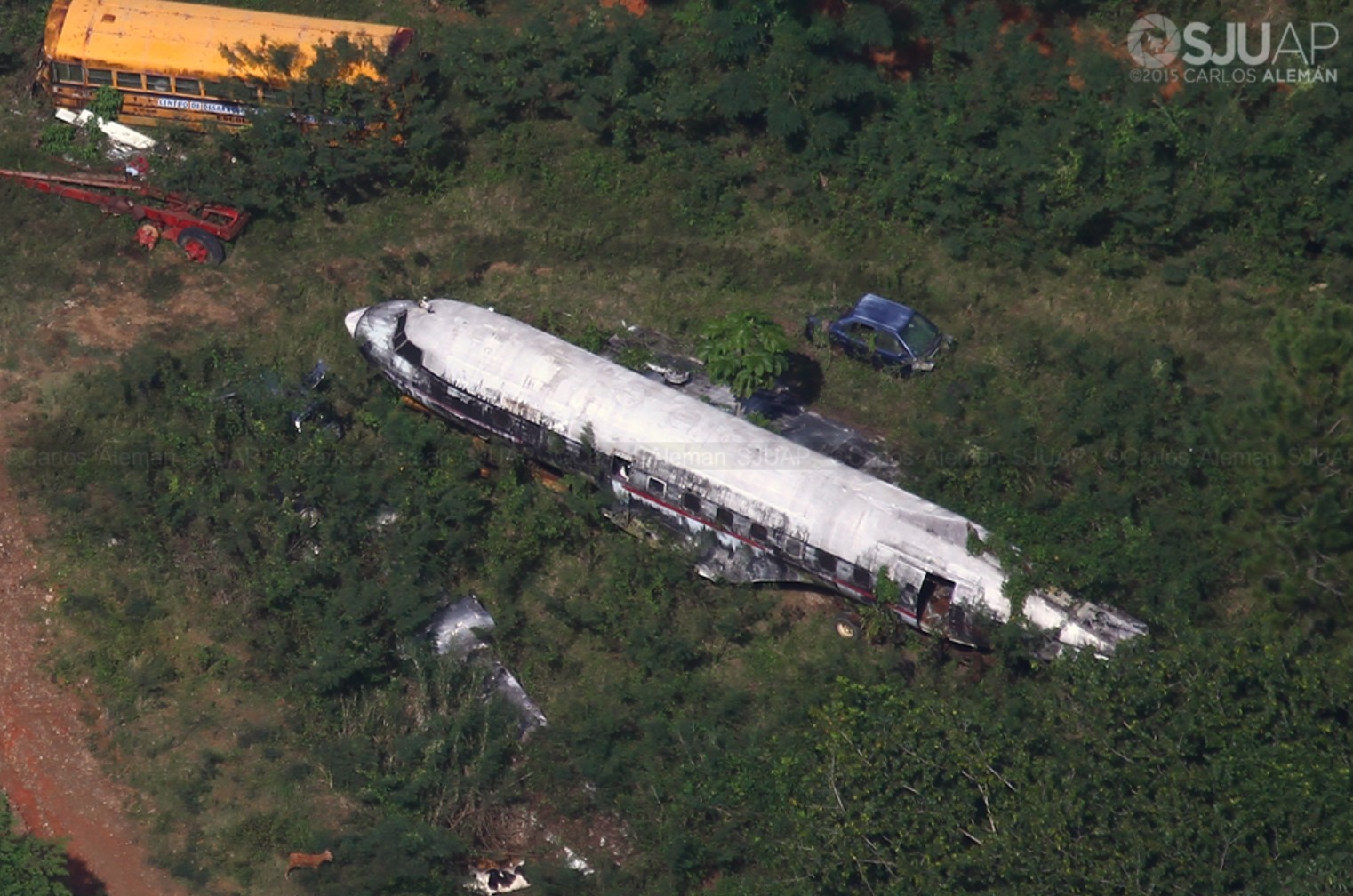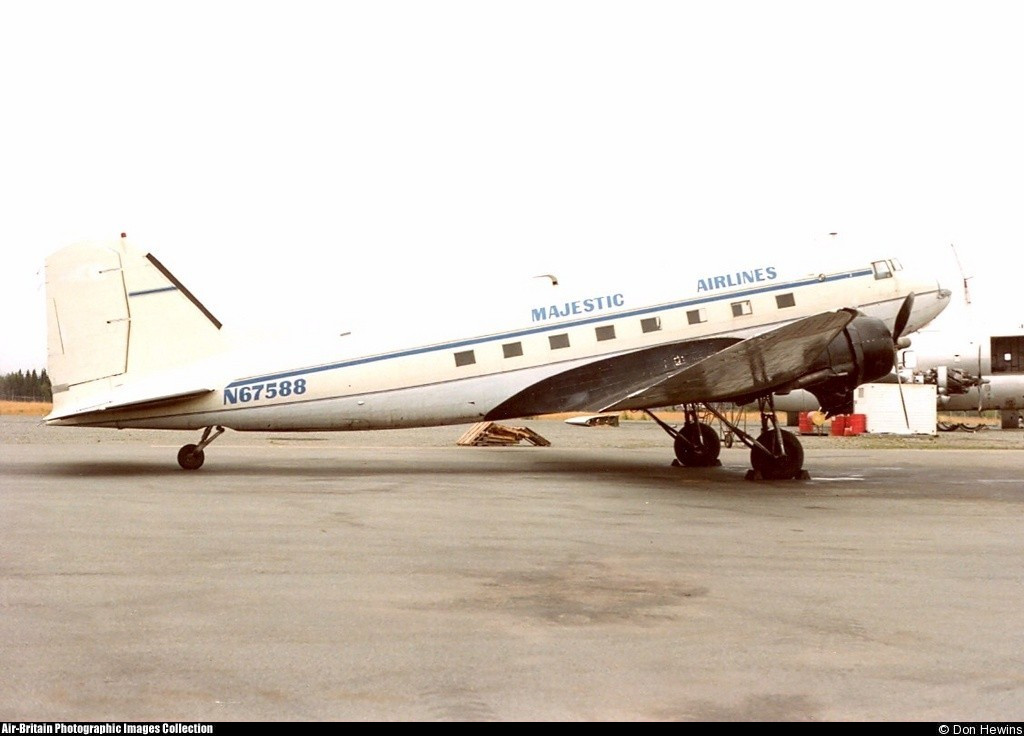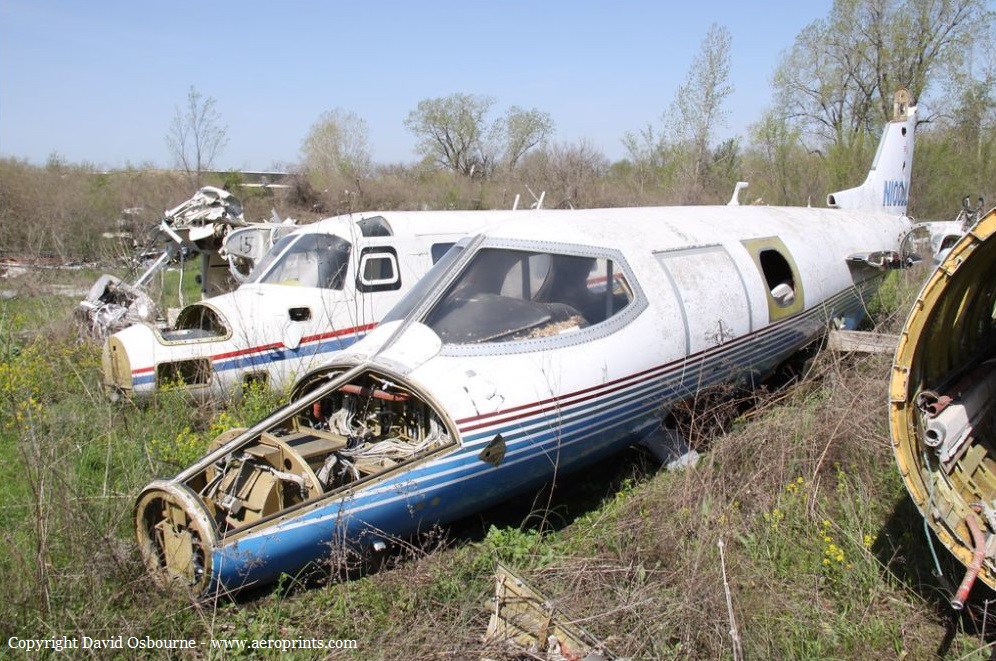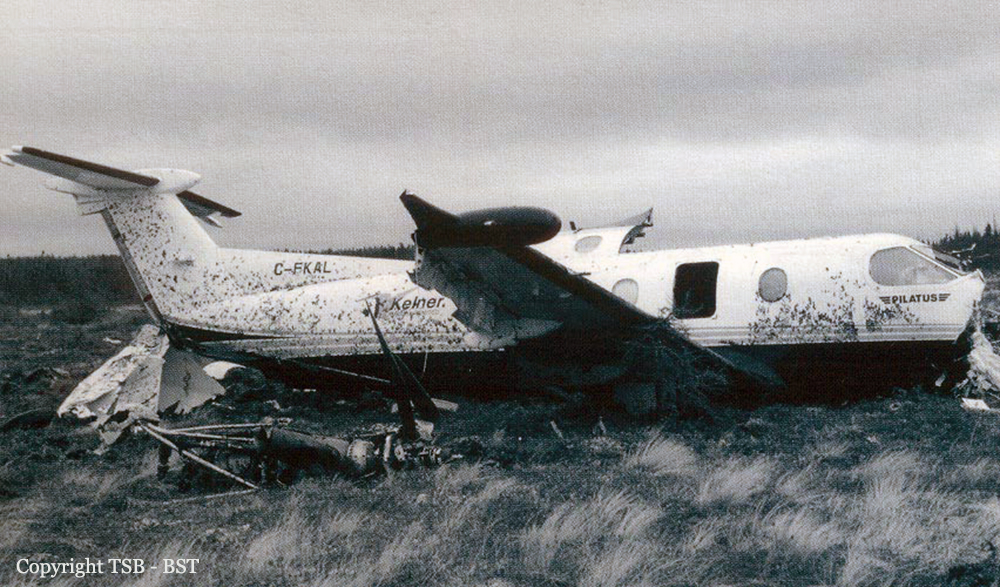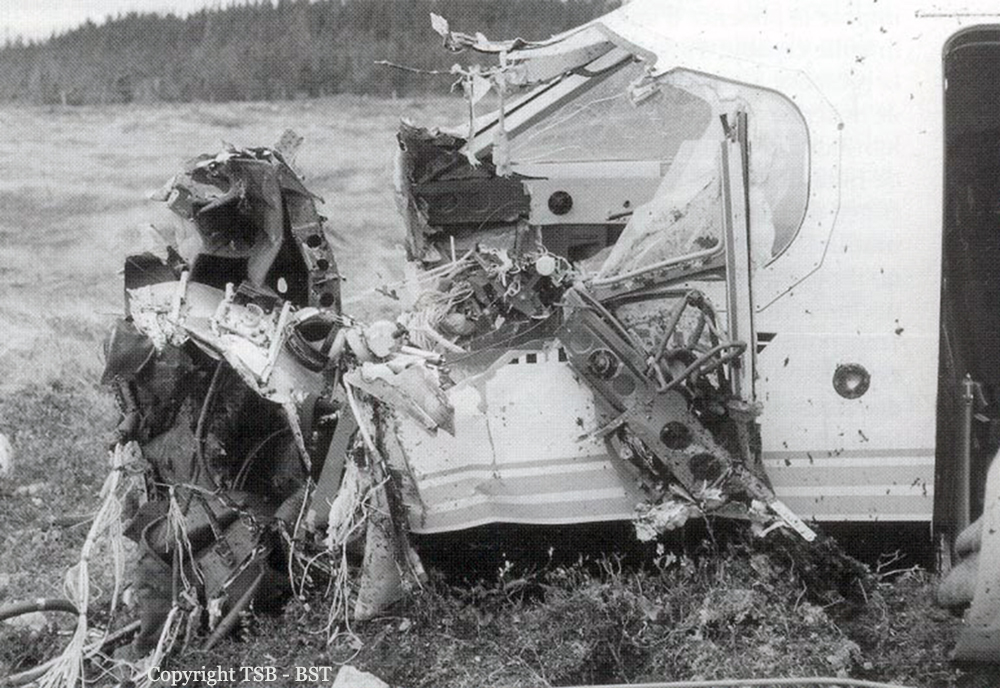Crash of a Swearingen SA227AC Metro III in Santa Fe
Date & Time:
Jun 3, 1998 at 0722 LT
Registration:
LV-WIL
Survivors:
Yes
Schedule:
Buenos Aires – Santa Fe – Posadas
MSN:
AC-537
YOM:
1983
Crew on board:
2
Crew fatalities:
Pax on board:
0
Pax fatalities:
Other fatalities:
Total fatalities:
0
Circumstances:
While descending to Santa Fe-Sauce Viejo Airport by night, the crew was informed about poor weather conditions at destination. The visibility was estimated to be 30 metres in foggy conditions, well below minimums. As the crew elected to attempt an approach, he as cleared for and ILS approach to runway 03. On short final, the aircraft descended below the MDA and struck the ground 430 metres short of runway threshold. On impact, it lost its undercarriage and slid for another 180 metres before coming to rest. Both pilots escaped uninjured while the aircraft was damaged beyond repair.
Probable cause:
It was determined that the crew descended below the established minima during an instrument approach until the aircraft impacted terrain. The following contributing factors were identified:
- Inadequate flight planning, since there was reduced visibility at Sauce Viejo Airport from 01:00 hrs,
- Inappropriate request from the captain who attempted to make an approach in below minima weather conditions,
- Erroneous decision of the captain, knowing the meteorological conditions, to continue the approach below the decision height.
- Inadequate flight planning, since there was reduced visibility at Sauce Viejo Airport from 01:00 hrs,
- Inappropriate request from the captain who attempted to make an approach in below minima weather conditions,
- Erroneous decision of the captain, knowing the meteorological conditions, to continue the approach below the decision height.

